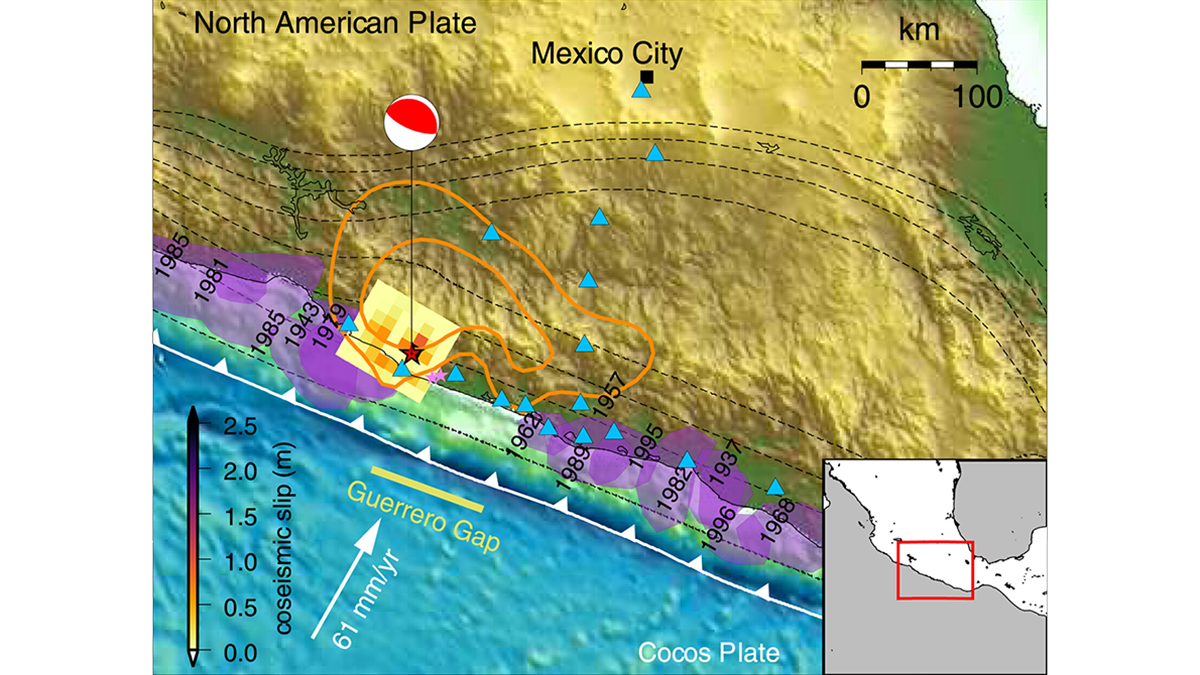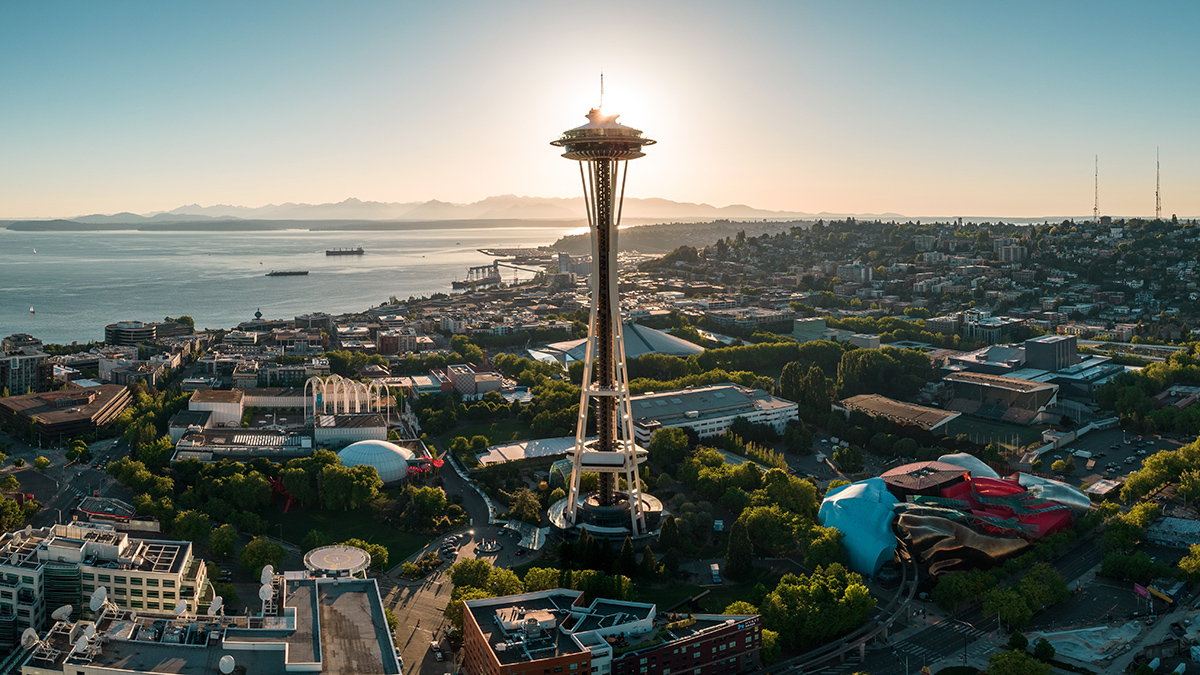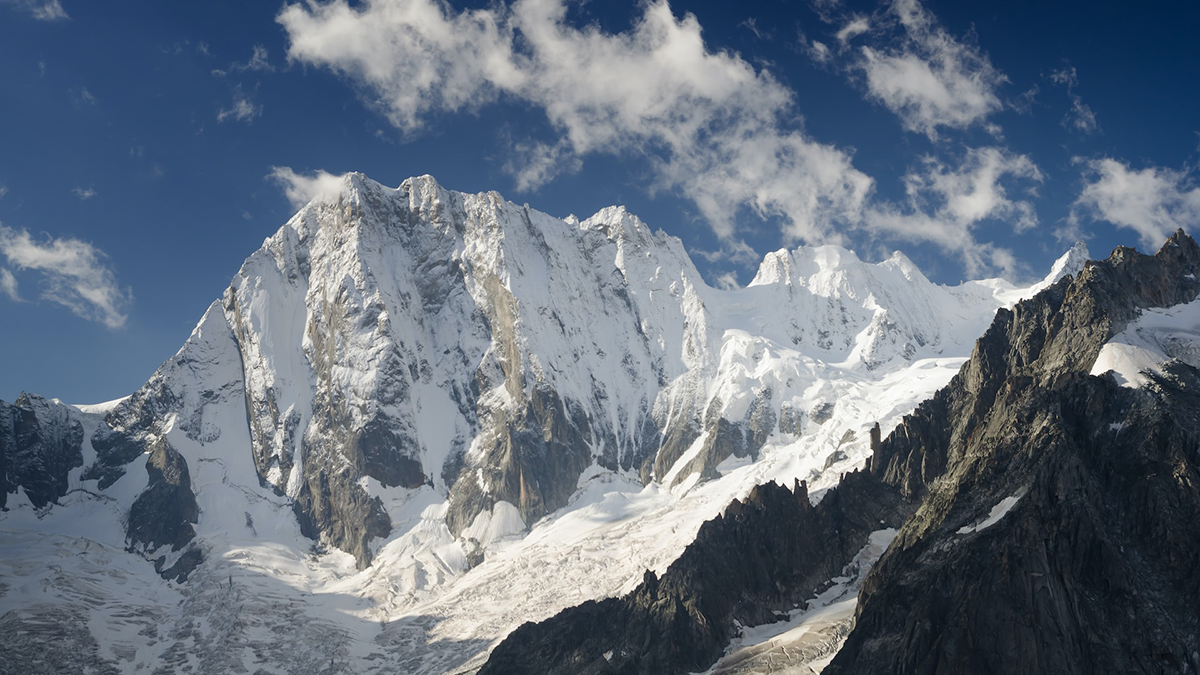A 2022 earthquake in Northern California may have triggered slow slip in the Cascadia Subduction Zone, according to a new study.
subduction
Forecasting Earthquake Ruptures from Slow Slip Evolution
A new generation of physics-based models that integrate temporal slip evolution over decades to seconds opens new possibilities for understanding how large subduction zone earthquakes occur.
Uncovering Earthquake Evidence in Azerbaijan’s Greater Caucasus Mountains
A new study unearths geological evidence that corroborates historical accounts of large earthquakes along the Kura fold-thrust belt.
The Nature of Mantle Flow May Depend on the Type of Slab Subducting
Researchers tease apart the links between slabs and mantle flow near subduction zones, upending some traditional views of subduction-induced mantle flow.
Plate Boundaries May Experience Higher Temperature and Stress Than We Thought
Surface heat flux data shed light on conditions deep below Earth’s surface, at a tectonic plate interface where major earthquakes initiate.
Revolucionando la ciencia de los terremotos en Cascadia
Un nuevo centro reunirá a científicos de sismos para estudiar la zona de subducción de Cascadia y aclarar los peligros sísmicos.
Shaking Up Earthquake Science in Cascadia
A new center will bring together earthquake scientists to study the Cascadia Subduction Zone and clarify seismic hazards.
Illuminating the Complex Structural Fabric Beneath the European Alps
A new study investigates the dynamics of the complex continental collision that formed the European Alps and reveals how structural alignments change with depth.
Fluid Release from Subducted Slabs Without Percolation Flow
A new study demonstrates the absorption mechanism of H2O release out of subducting slabs, making the previous hypothesis of dehydration embrittlement unnecessary.
Low-Frequency Quakes Have Modest Effect on Slow Earthquake Cycle
Slow slip phenomena on subdaily scales, captured by seismic and GNSS data, show that low-frequency earthquakes are incidental to larger magnitude slow earthquakes, in which aseismic slip dominates.










